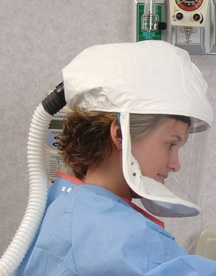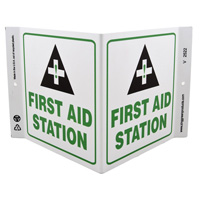| The Home page of ILPI's Safety Data Sheet (SDS) Resource, the leader in SDS information since 1995! | |
| The history and philosophy behind this resource. | |
| A curated collection of books and reference materials concerning Safety Data Sheets and closely related topics. | |
| Paste your plain text SDS into the SDS-Demystifier, and it will be converted into a hypertext-enriched document with links to detailed explanations of each key term. | |
| An extensive list of frequently asked questions about Safety Data Sheets including regulations, content, compliance, and more. | |
| A humorous take on Safety Data Sheet jargon. Fill in the blanks on our entry form to generate a personalized Unsafety Data Sheet to share with your coworkers. | |
| Since 1995, we've maintained this massive curated list of the best places to find Safety Data Sheets on the Internet. | |
| You are here! Way more than a glossary, this hypertext-enhanced resource covers hundreds of SDS-related terms and expert knowledge. Each entry includes both the SDS relevance and links to additional authoritative resources. | |
| Archived results of Safety Data Sheet related polls taken by some of our millions of site visitors | |
| The OSHA regulations behind SDS regulations, including the inspection guidelines and over 400 official interpretations letters under the Hazard Communication Standard | |
| Commercial suppliers of SDS authoring and management software as well as cloud compliance services. | |
| Commercial companies that will create SDS's for your specific needs as well as SDS translation companies. |

Safety signs, banners, and scoreboards? Get yours at Safety Emporium!
Definition

Breathe easy with respirators and accessories from Safety Emporium.
- A sternutator is a substance that causes irritation of the nasal and respiratory passages and causes coughing, sneezing, lachrymation (tearing of the eyes), and possibly vomiting. In general usage, a sternutator is a substance that causes sneezing.
- Sternutatory is generally the adjective form of sternutator, although sometimes it is also used as a noun to describe a sternutatory substance.
- Sternutation is the act of sneezing. Sneezing is defined as a sudden and involuntary burst of air through the nose and mouth.
Additional Info
Examples of sternutators include black and red pepper as well as the principle chemical susbstance in hot peppers that causes irritation and sneezing, (E)-1-(4-hydroxy-3-methoxyphenyl)-10-methylundec-8-en-3-one, known more commonly as capsaicin.

Another example is maleic anhydride, a chemical intermediate that is also used in certain polymer formulations.
Lachrymators and sternutators are common employed by law enforcement agencies as riot control against civilian populations; curiously, the Geneva Protocols actually prohibit "asphyxiating gas, or any other kind of gas, liquids, substances or similar materials" in warfare. This strange dichotomy has recently led to calls to ban such "tear gas" agents as they can exacerbate the effects of Covid-19.
SDS Relevance
If a material is a sternutator, this should appear in Section 11 (toxicological information) of the Safety Data Sheet. Some substances may cause irritation and sneezing when inhaled. Wear appropriate personal protective equipment such as dust masks and respirators when working with sternutators, especially if engineering controls such as a fume hood are not available.

We have all kinds of safety wall signs at Safety Emporium.
Further Reading
- Sneezing at the NIH's MedLinePlus Medical Encyclopedia.
- Sneezing at VeryWellHealth.com.
- The nature of capsaicin at Fiery-Foods.com.
- Facts About Riot Control Agents Interim document at the US CDC.
- Tear Gas and Pepper Spray Toxicity at the NCBI.
See also: irritant, lachrymator.